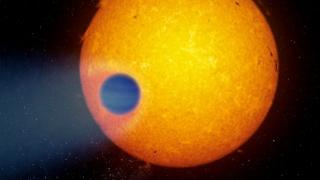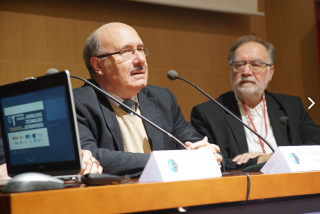
An international group of scientist led by researches from the IAC detect the evaporation of atmospheric helium on the giant exoplanet WASP-69b.
Advertised on
This section includes scientific and technological news from the IAC and its Observatories, as well as press releases on scientific and technological results, astronomical events, educational projects, outreach activities and institutional events.





